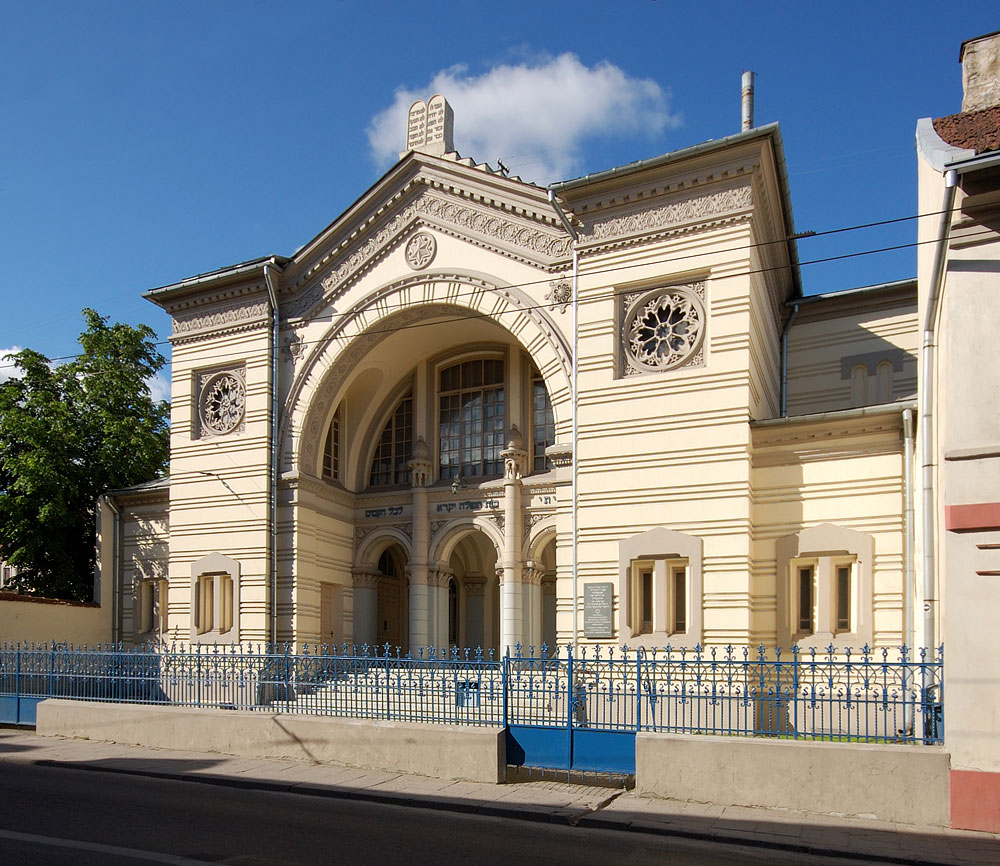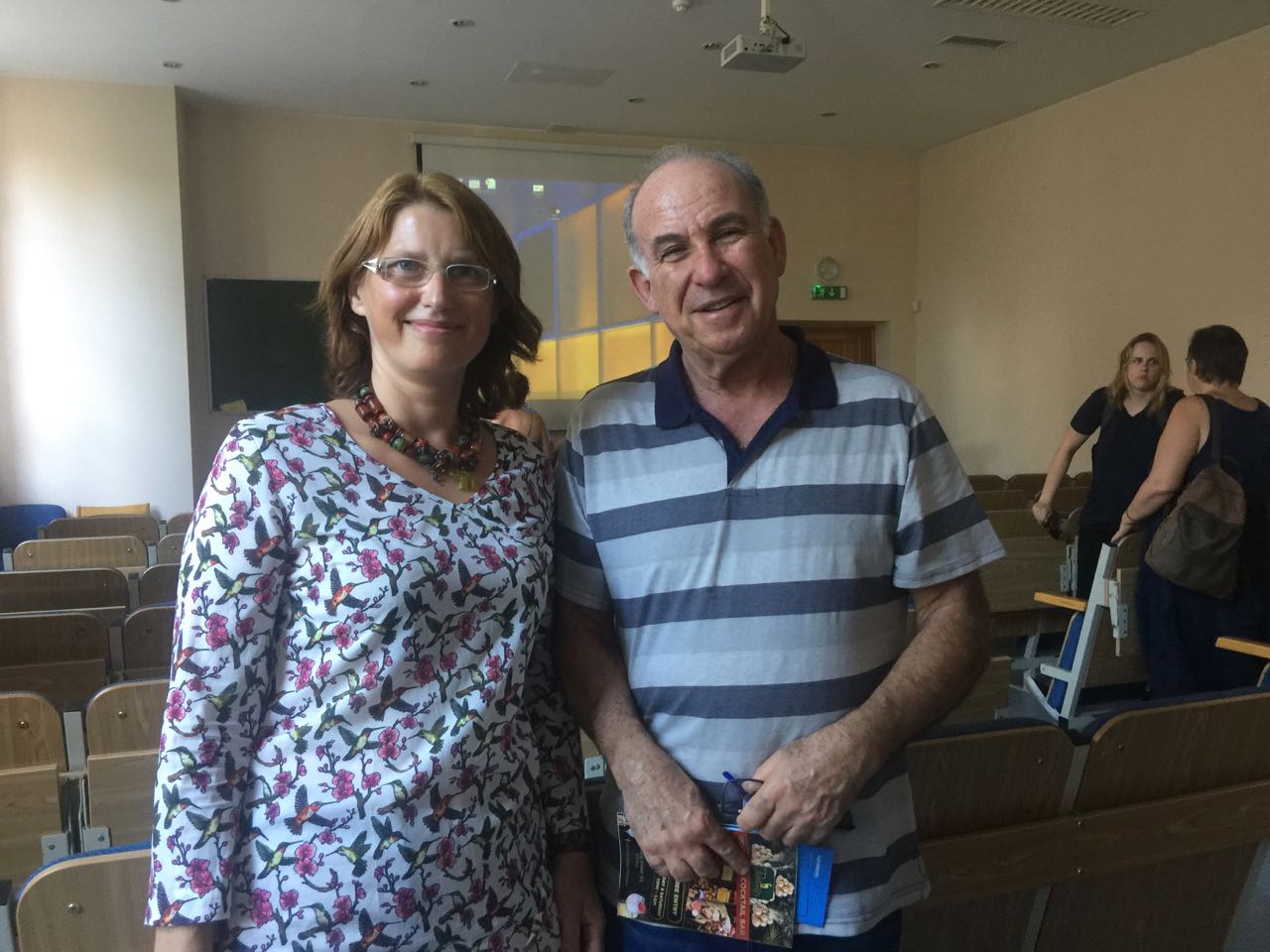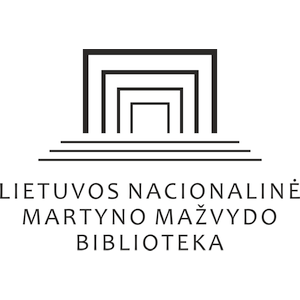Coming Up



Busy times ahead!


My topic is:
Projects That Draw Youth to Ancestral Roots.

A Special Program for Jewish Educators
Sunday, July 28, 2019
The IAJGS International Conference on Jewish Genealogy is being held in Cleveland for the first time. It features a special day designed specifically for Jewish educators!
Who Should Attend
Educators who:
- Work in formal and informal settings
- Work in day or synagogue schools
- Create and facilitate family and intergenerational programs
- Teach history
- Teach writing and research skills
Sunday, July 28th is the date. The program begins with breakfast and a keynote by noted Jewish educator and genealogist Carol Oseran Starin, former Vice-President of the Jewish Federation of Seattle. Participants may select from two workshop time periods, each with a choice from three nationally known presenters, followed by lunch and idea exchanges.
Program Details
Goal
To introduce educators to how Jewish genealogy strengthens students’ Jewish identity through the experience of researching their roots and how their history shaped family and community.
Schedule
| 8:30–9:00 | Registration and light breakfast |
| 9:00–10:00 | Keynote speaker: What is Jewish about Jewish Genealogy, Carol Starin |
| 10:15–11:15 | Three workshop sessions
|
| 11:30–12:30 | Three workshop sessions
|
| 12:30–1:15 | Lunch and “tachlis” how to implement ideas |
| 1:15–2:45 | Participation in SHARE Fair and Exhibits |
| 2:45–4:00 | Education track participants are invited to the conference keynote address |
| Title of the Presentation | Projects That Will Draw Our Youth Back To Their Shtetl |
| Short Title | Visit the shtetl: the virtual way forward! |
| Type of Session | Presentation |
| Topic or Category | Jewish History and Culture Methodology and Mechanics Telling Your Family Story Using Technology for Research |
| Brief Abstract of Your Presentation | Since 2011, and after nine trips to Poland and Lithuania, as well as travel to Belarus, Germany, Russia, Latvia, Czech Republic, Estonia, Turkey and Israel, I have compiled a sizeable collection of information, stories, photos and contacts. My focus is not only about my own family history, but that of Jewish cultural history, general history, as well as contemporary Jewish life. Working with schools in these countries, I have been able to bring students together online to collaborate and to exchange information about the lands of their heritage. My presentation takes you on a tour of how you can use this body of work to further your own knowledge on family research, Jewish cultural heritage and Jewish life. This includes a tour of my 86 JewishGen KehilaLink websites, including 55 in Europe, plus over 600 posts and pages on my Tangential Travel and Jewish Life website and associated social media. |
| Presentation is best suited for | All skills |
| How will your presentation help your intended audience? | Expand research skills Develop interview skills Teach best practices Expand social media skills Teach innovative strategies Assist with personal research |
| Title of the Presentation | WE ARE HERE! Project: Becoming An Upstander Rather Than A Bystander |
| Short Title | How Jewish Partisans Inspire Our Youth To Stand Up |
| Type of Session | Presentation |
| Topic or Category | Genealogy and Jewish History Related to WW2 Jewish History and Culture Methodology and Mechanics Preserving our Jewish Past |
| Brief Abstract of Your Presentation | WE ARE HERE! Project This project seeks to inspire in young people the confidence and ability to stand up in the face of prejudice and oppression. Encourages and inspires Upstanders through the stories of Jewish Partisans and the learning of Zog Nit Keynmol Provides role models for standing up for yourself in the face of prejudice, hatred, violence and evil Shows that an individual can make a difference – regardless of their personal circumstances Translates the stories of Jewish Partisans and the words of Zog Nit Keynmol into a universal message of hope and inspiration for all who are victims of prejudice and oppression Empowers young people to create the change they want to see in their communities and the world. Teaches that while the partisans used weapons – they were fighting the Nazis – you can fight oppression with only your voice and presence |
| Presentation is best suited for | All skills |
| How will your presentation help your intended audience? | Teach best practices Expand social media skills Teach innovative strategies |


http://ctholocaust.co.za



















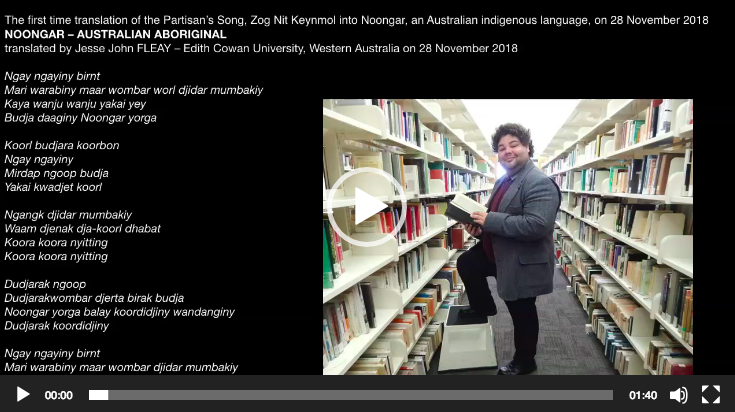




















































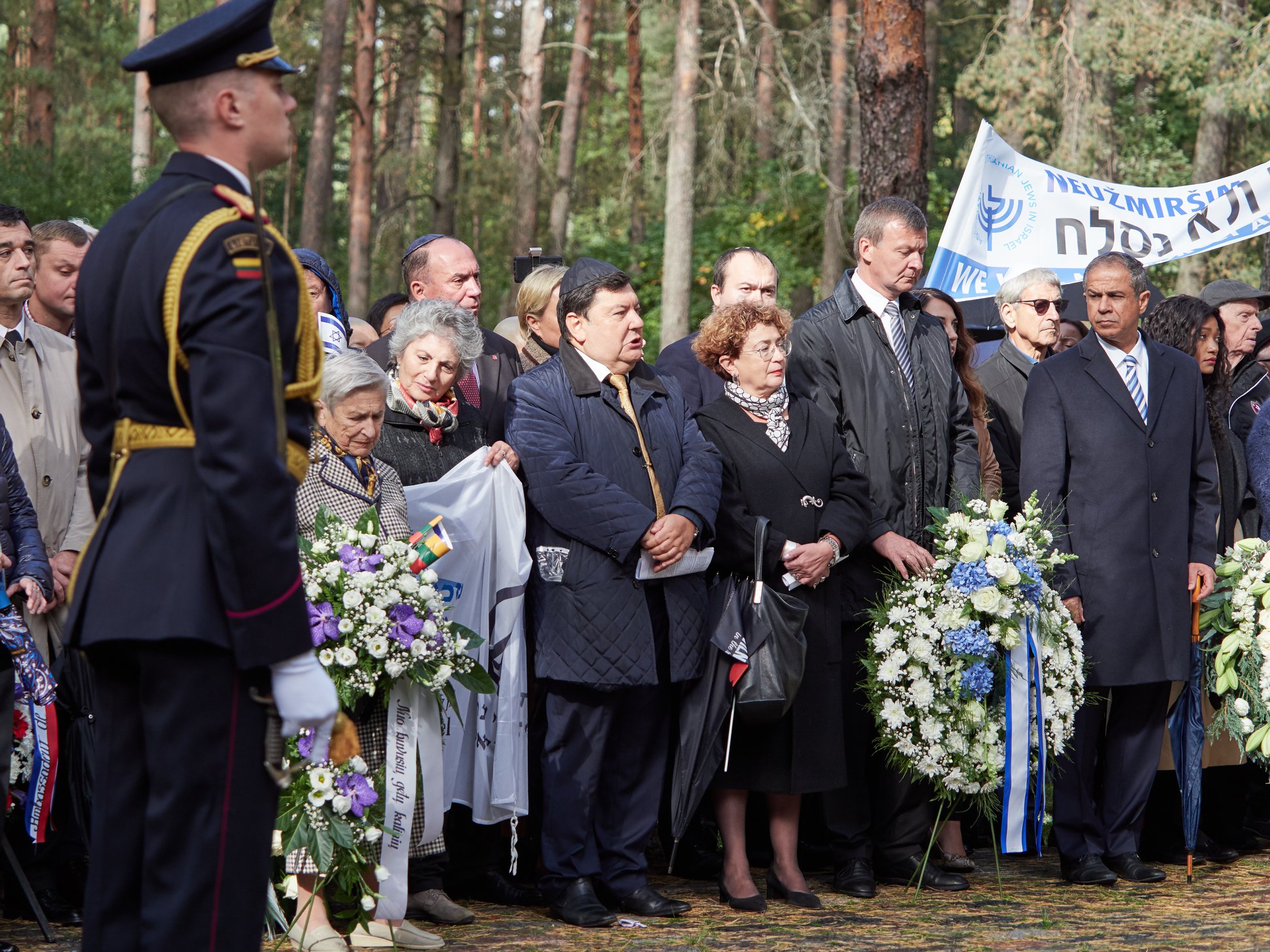











 Source:
Source: 














































